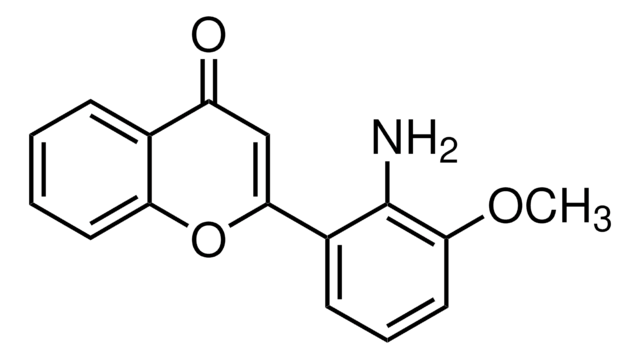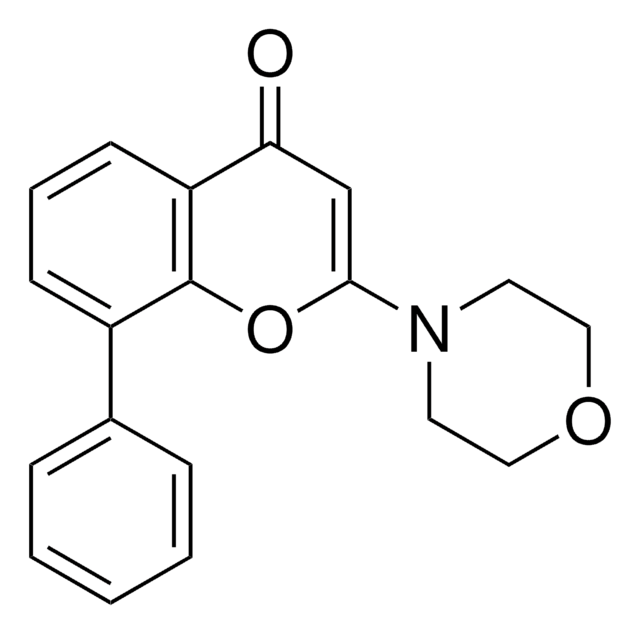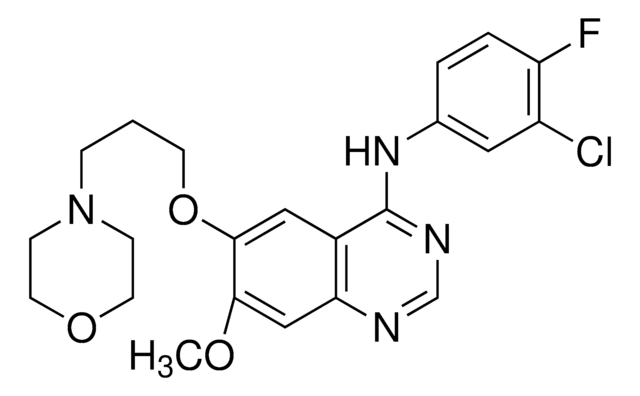SML0320
FR180204
≥98% (HPLC)
Sinónimos:
5-(2-Phenyl-pyrazolo[1,5-a]pyridin-3-yl)-1H-pyrazolo[3,4-c]pyridazin-3-ylamine, 5-(2-Phenylpyrazolo[1,5-a]pyridin-3-yl)-1H-pyrazolo[3,4-c]pyridazin-3-amine, FR 180204
About This Item
Productos recomendados
Quality Level
assay
≥98% (HPLC)
form
powder
color
faintly yellow to dark yellow
solubility
DMSO: ≥10 mg/mL
storage temp.
2-8°C
SMILES string
Nc1n[nH]c2nnc(cc12)-c3c(nn4ccccc34)-c5ccccc5
InChI
1S/C18H13N7/c19-17-12-10-13(20-22-18(12)23-21-17)15-14-8-4-5-9-25(14)24-16(15)11-6-2-1-3-7-11/h1-10H,(H3,19,21,22,23)
InChI key
XVECMUKVOMUNLE-UHFFFAOYSA-N
Application
- to block extracellular-signal-regulated kinase (ERK) in order to validate whether homeobox B7 (HOXB7) regulates the migration and proliferation process via AKT/mitogen-activated protein kinases (MAPK) signaling
- of extracellular-signal-regulated kinase (ERK) to study the effects of signaling pathway inhibitors on differentiation and cell traction stress
- to determine if phosphorylation of this signaling protein is essential for mesenchymal stromal cell (MSC) derived therapeutic efficacy
Biochem/physiol Actions
Features and Benefits
Storage Class
11 - Combustible Solids
wgk_germany
WGK 3
flash_point_f
Not applicable
flash_point_c
Not applicable
Elija entre una de las versiones más recientes:
Certificados de análisis (COA)
¿No ve la versión correcta?
Si necesita una versión concreta, puede buscar un certificado específico por el número de lote.
¿Ya tiene este producto?
Encuentre la documentación para los productos que ha comprado recientemente en la Biblioteca de documentos.
Los clientes también vieron
Artículos
The mitogen-activated protein kinase (MAPK) family consists of both stress activated (SAPK) and mitogen-activated (MAPK) protein kinases. They form a network of signal transduction cascades that mediate cellular responses to a diverse range of stimuli, including growth factors, chemical or osmotic stress, irradiation, bacterial infection and proinflammatory cytokines.
Nuestro equipo de científicos tiene experiencia en todas las áreas de investigación: Ciencias de la vida, Ciencia de los materiales, Síntesis química, Cromatografía, Analítica y muchas otras.
Póngase en contacto con el Servicio técnico
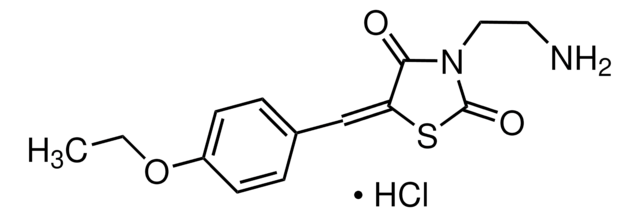

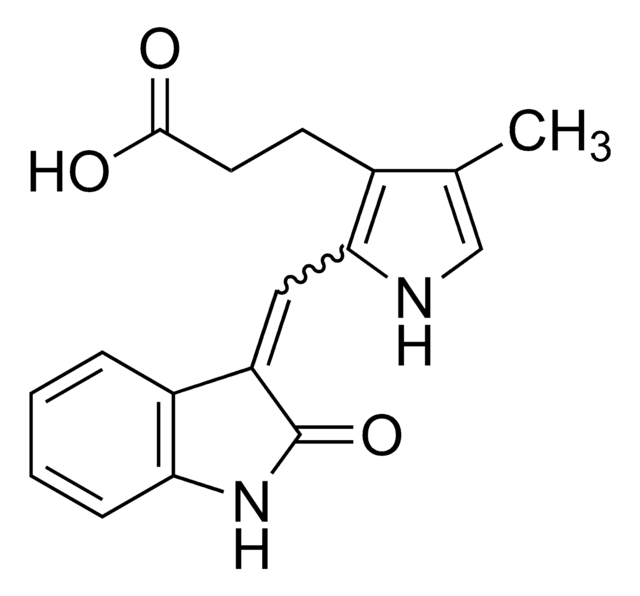
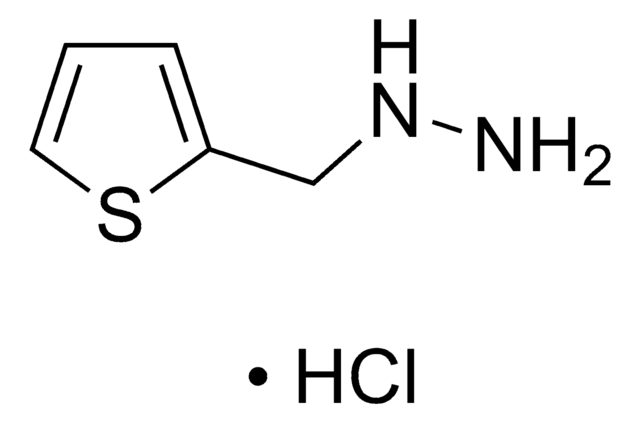
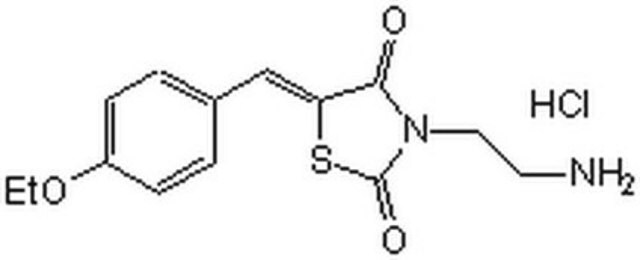
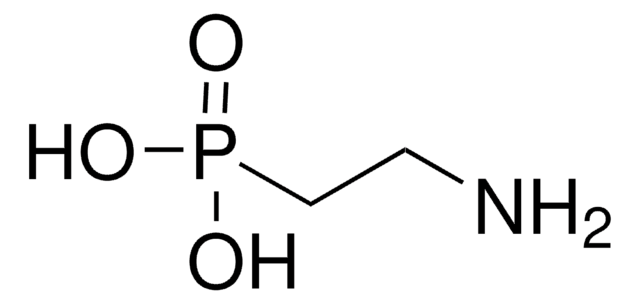
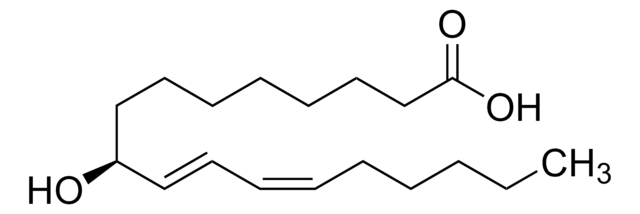
![18:1 Lysyl PG 1,2-dioleoyl-sn-glycero-3-[phospho-rac-(3-lysyl(1-glycerol))] (chloride salt), powder](/deepweb/assets/sigmaaldrich/product/structures/293/926/aa70270a-36be-4732-892e-85966f4dddf1/640/aa70270a-36be-4732-892e-85966f4dddf1.png)

